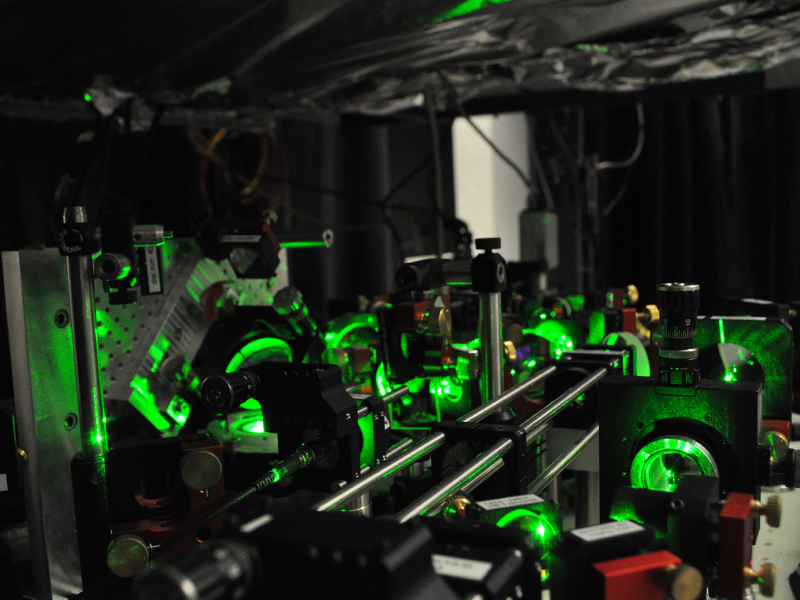Thermoelectric materials were discovered in the 19th century and have the remarkable property that heating them creates a small electrical current - but adopting them to the 21st century has been a challenge.
The generation of electricity from heat usually involves burning a combustible, which then heats a fluid that brings a mechanical turbine into motion, which eventually produces an electrical current. In thermoelectric materials, the entire cycle that is performed by a heat engine occurs naturally. However, the thermoelectric effect is weak and for the materials known so far, the efficiency of thermoelectric generators is much low. It's fine for space probes, like the Curiosity rover on Mars or self-powered sensors, but for larger-scale terrestrial applications it would need to be much higher.
In a car engine, for example, there is a lot of wasted heat and different systems being tested to recover and use exhaust gas could lead to fuel savings of 3 to 5 %. Piezoelectric devices also do things like power mobile phones and watched by watches by body motion. But an efficient thermoelectric material could be a major source of renewable energy, since heat is usually wasted by human activities.

Thermoelectric Materials Emulator. Part of the optical system used to trap and manipulate atoms. The arrangement of mirrors and lenses brings the a large number of laser beams onto the atoms. Photo : Jean-Philippe Brantut / ETH Zurich
At ETH Zurich, the quantum optics group have created thermoelectric material emulator that sits in a vacuum chamber made out of glass. Enclosed is a gas of Lithium atoms. Using lasers the gas is cooled down to very low temperatures close to absolute zero below minus 273 degree Celsius. Under these conditions the atoms in the gas behave like the electrons in a material.
To simulate thermoelectricity the atoms are trapped by a set of laser beams. These create a spatially varying structure in which the atoms move like electrons in a material.
A big surprise
Using atoms trapped by lasers to simulate the behavior of complex materials is a well-tested method in Zurich. For the last ten years the ETH quantum optics group has studied superconductors or magnets, and even devices attached to leads and conducting currents. But the researcher didn't expect their new experiment to be such a big success. "With simple ingredients we simulate thermoelectricity that is as high in efficiency as in natural materials", explains Tilman Esslinger, Professor for Quantum Optics. "That was a big surprise."
Although it is still basic research the experiment may have a stronger impact on materials science than the team thought at the beginning. "Our experiment could serve as a kind of benchmark", says Jean-Philippe Brantut who will continue with his research founded by the Swiss National Science Foundation. In the next two years the team will try to bring the original experiment forward in order to study more complex systems. But already now the cold atom emulation shines a new light on thermoelectricity: comparison between theory and experiments, which are often hard for natural materials due to their high complexity, can now be precisely performed on the atoms.
Even the effects of defects and disorder in materials have been successfully explored with the cold atom emulator.
With these new findings, the fundamental processes underlying thermoelectricity can be studied in a controlled way. This may help the simulation and design of thermoelectric materials in the future, in particular where experiments on natural materials still lack theoretical interpretation.
Citation: J.P. Brantut, C. Grenier, J. Meineke, D. Stadler, S. Krinner, C. Kollath, T. Esslinger and A. Georges: A thermoelectric Heat Engine with Ultra-Cold Atoms, Science, Online Publication Oct 24, 2013, doi: 10.1126/science.1242308.





Comments